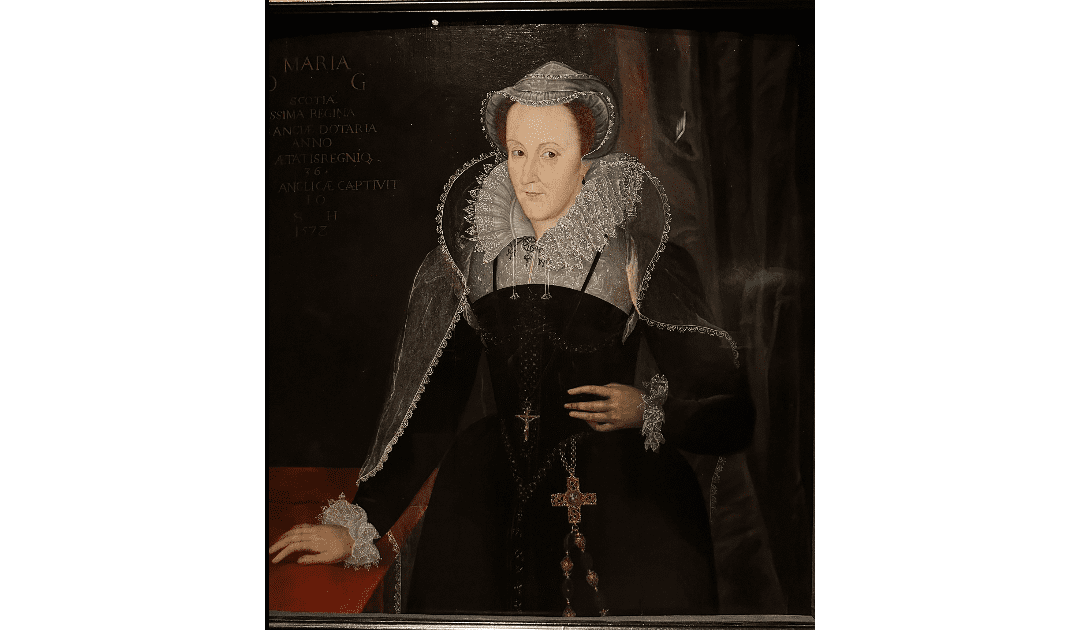On 19th August 1561 Mary arrived in Leith to assume the throne of Scotland, after thirteen years in France. Mary Stuart had ascended to the throne of Scotland as an infant, only to face a tumultuous reign marked by power struggles, religious conflicts, and ultimately, her own downfall. Her story is one of ambition, love, and the relentless pursuit of power, making her one of the most fascinating and tragic figures in history.
Mary’s early life was filled with promise and potential. As the only legitimate heir to the Scottish throne, she was chosen as the future queen at a young age. However, her reign was marred by the constant power struggles between rival factions, both within Scotland and with neighbouring England. Mary’s Catholic background and her claim to the English throne posed a threat to the Protestant Queen Elizabeth I, resulting in a complex web of political alliances and betrayals.
Mary’s life was blighted by her ill-fated marriages. Her first marriage to Francis II of France, when she was just fifteen years old, brought her into the heart of European politics. Despite the political advantages, the marriage was short-lived due to Francis’s premature death. Mary’s subsequent marriages to Lord Darnley and the Earl of Bothwell were marked by scandal, infidelity, and ultimately, her own downfall.
My 10th great-granduncle, Anthony Standen, was master of horse to Lord Darnley and accompanied him to Edinburgh in 1565 where Darnley was to marry Mary. Darnley was not content with being married to the queen. He wanted to be king. Mary refused to grant him crown matrimonial, which would have made him heir if she died childless. Darnley was unpopular with the other nobles, a drunkard, jealous, and violent. When he and his uncle murdered her secretary, David Rizzio, Standen intervened to save Mary’s life. She was pregnant with the future James VI of Scotland at the time. Mary knighted Anthony Standen, but her marriage was in tatters.
The following year Darnley was murdered, and the prime suspect was the Earl of Bothwell. When Mary married Bothwell, the scandal was too much for the Scottish Protestants and Mary fled to England. As the Catholic favourite to replace Queen Elizabeth she was the focus of overt and covert plots, so her fate was sealed.
The story of Mary Queen of Scots has been the subject of numerous films, books, and plays. Sir Anthony Standen was left unemployed and unable to return to England because Darnley had gone to Edinburgh without Queen Elizabeth’s consent, taking Standen with him. Standen fled to Paris where he was to be recruited as a spy, working for Francis Walsingham. I have told his story in The Spy who Sank the Armada.

